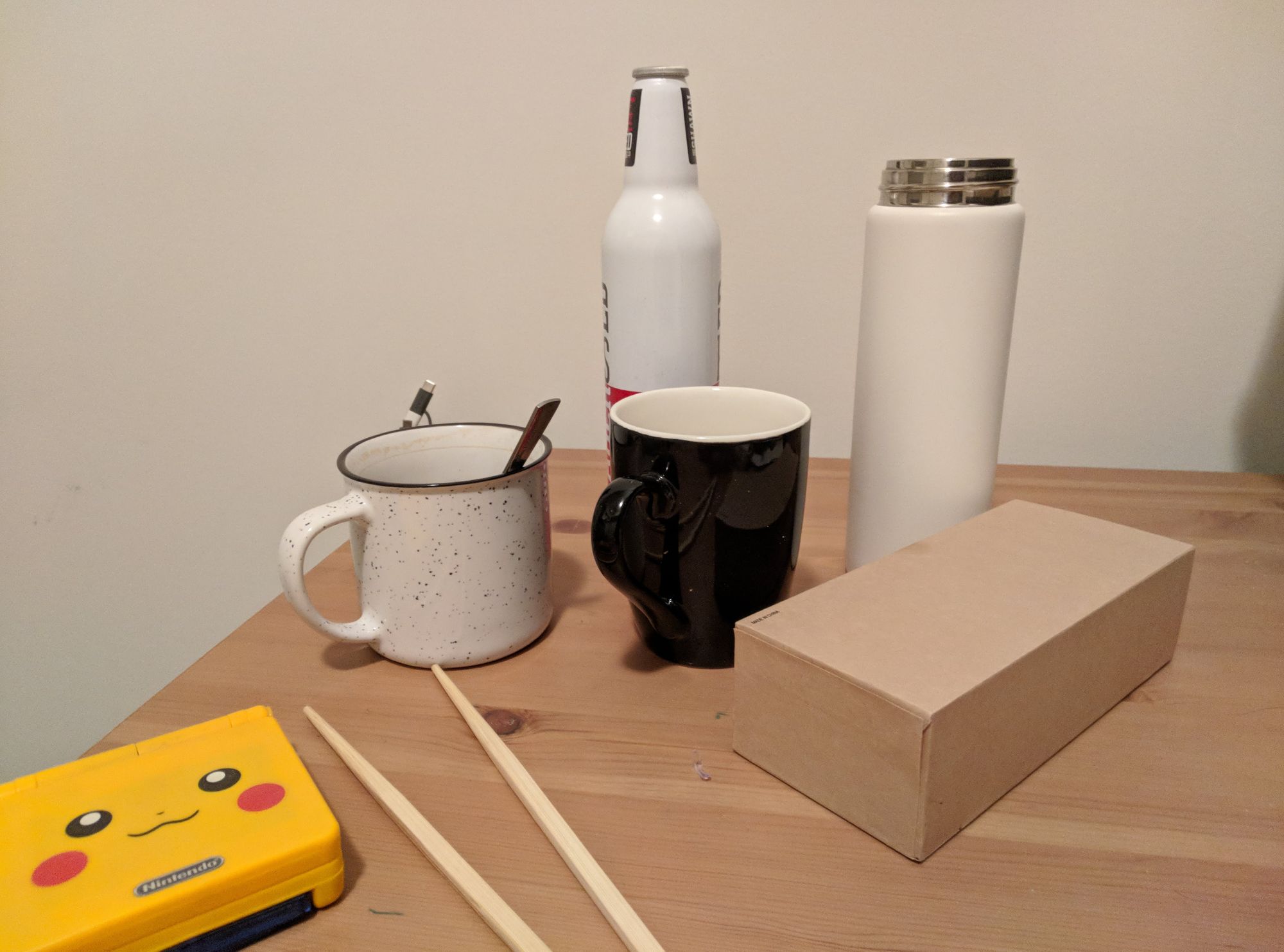Let's explore how everyday objects can help make sound and music. This activity introduces making a musical instrument using a set of Kitchen utensils filled with water. It is inspired by Jal Tarang, an ancient and traditional instrument used in Indian classical music.
Learning Goals
- Understand the relationship of sound produced in musical instruments and the type/shape of materials used.
- Develop a practical understanding of harmonics, resonance, and musical tones with everyday materials.
- Experiment with different materials to produce creative rhythms and melodies.
Activity Resources
For more ideas, explore:
Materials Required
- A set of glasses or bowls (ideally, made of porcelain as it produces a clear, metallic sound when struck). Alternatives: containers made of steel, copper or any other material that creates sound when struck.
- A coloring agent (optional)
- Wooden sticks
- Water
Age Groups
This activity is suitable for ages 8 years & up.
Facilitation Tips
- Before introducing the activity, discuss with participants:
- From which objects around you can you make a sound? To what does the resulting sound resemble?
- How are sounds created?
- What is an echo? And, what types of objects cause an echo?
- What makes a sound louder or softer?
- What will happen when you try playing a musical instrument in space?
- What music means to you? Ask participants about a musical instrument that they have played or listened to?
- How do musical instruments make sounds?
You can find answers to most questions in the following "how are sounds created" resource.
- Introduce the activity using the guide in a PDF Format, demo video 1 (with Jal Tarang activity), and voice note. You could encourage participants to make an instrument using the same principle as of Jal Tarang. Encourage them to experiment with containers of different sizes and shapes, various quantities of water, other liquids, and explore alternatives for wooden sticks. You could ask them to share:
- How does the music change?
- Why does each of the glass make a different musical sound?
- Share with them demo video two and encourage them to make music from objects around them. They could also use their music as the background music in the project’s video documentation.
- Inspire participants by sharing local and international artists' work, who make/play music with instruments they have made from materials around them:
Browse through the facilitator guide for tips and tricks to engage participants in maker activities in a virtual or physical learning space.
Inspiring Artists
Milind Tulankar is an Indian Jal-tarang player. A Jal-tarang is an ancient Indian instrument comprised of china bowls filled with different levels of water, which are struck by means of two cane sticks. To learn more about Milind and Jal-tarang click here.

Inspiring Examples
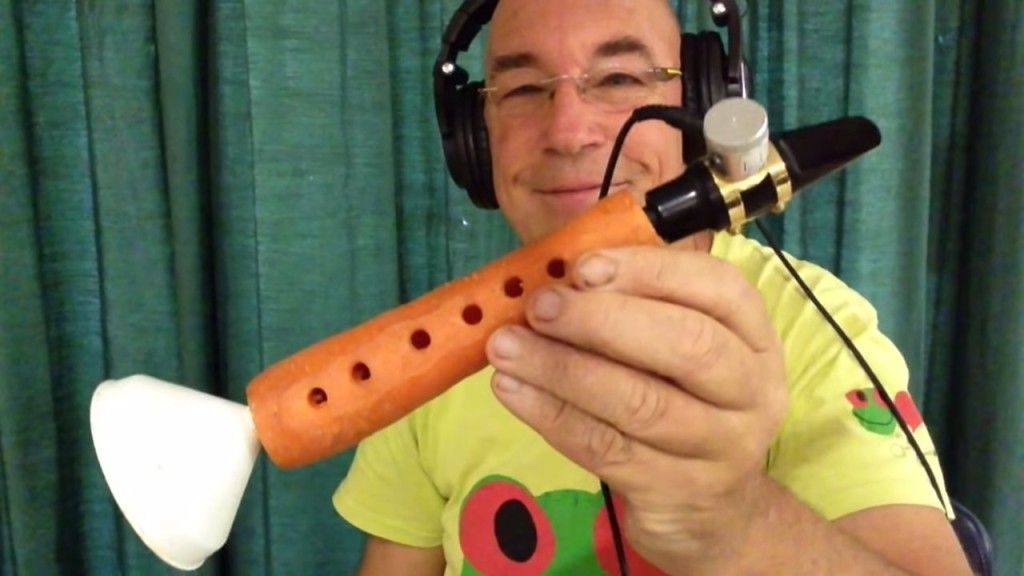
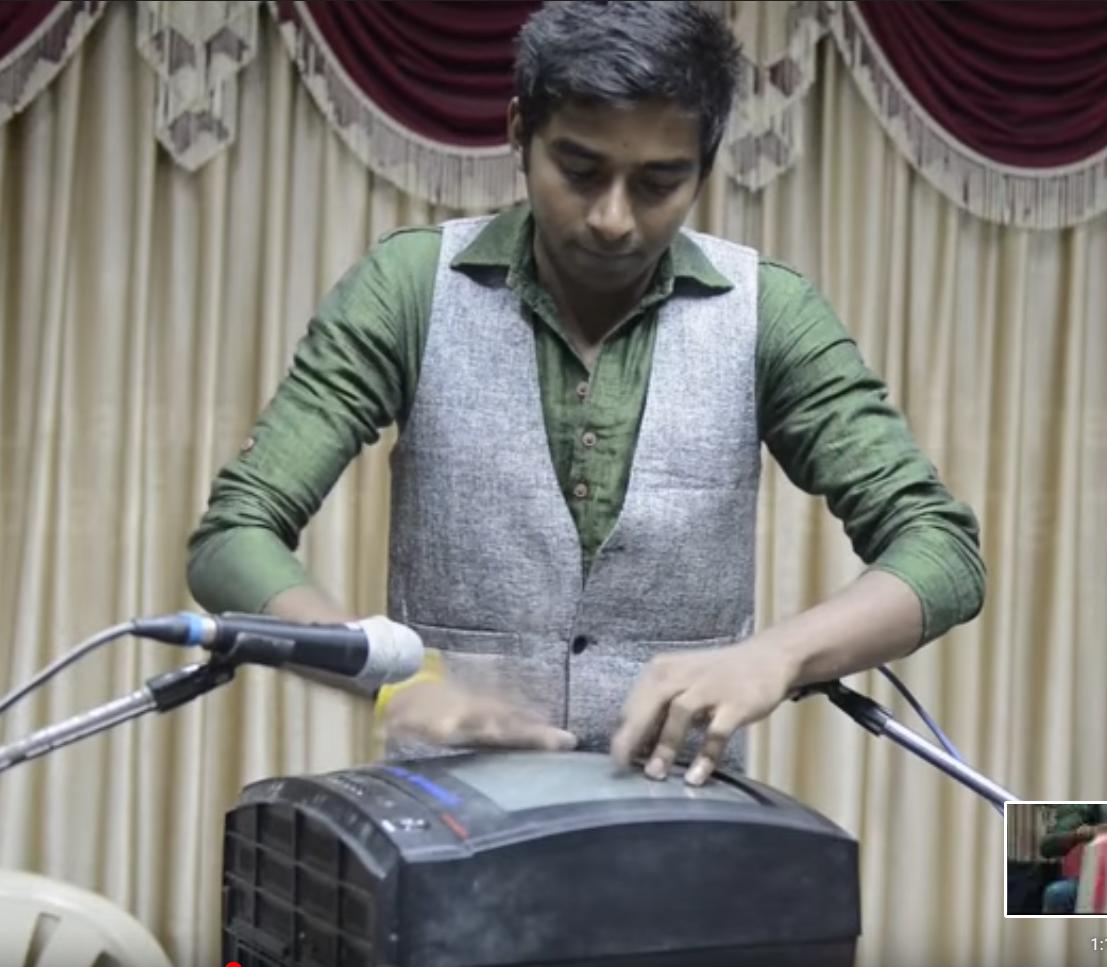
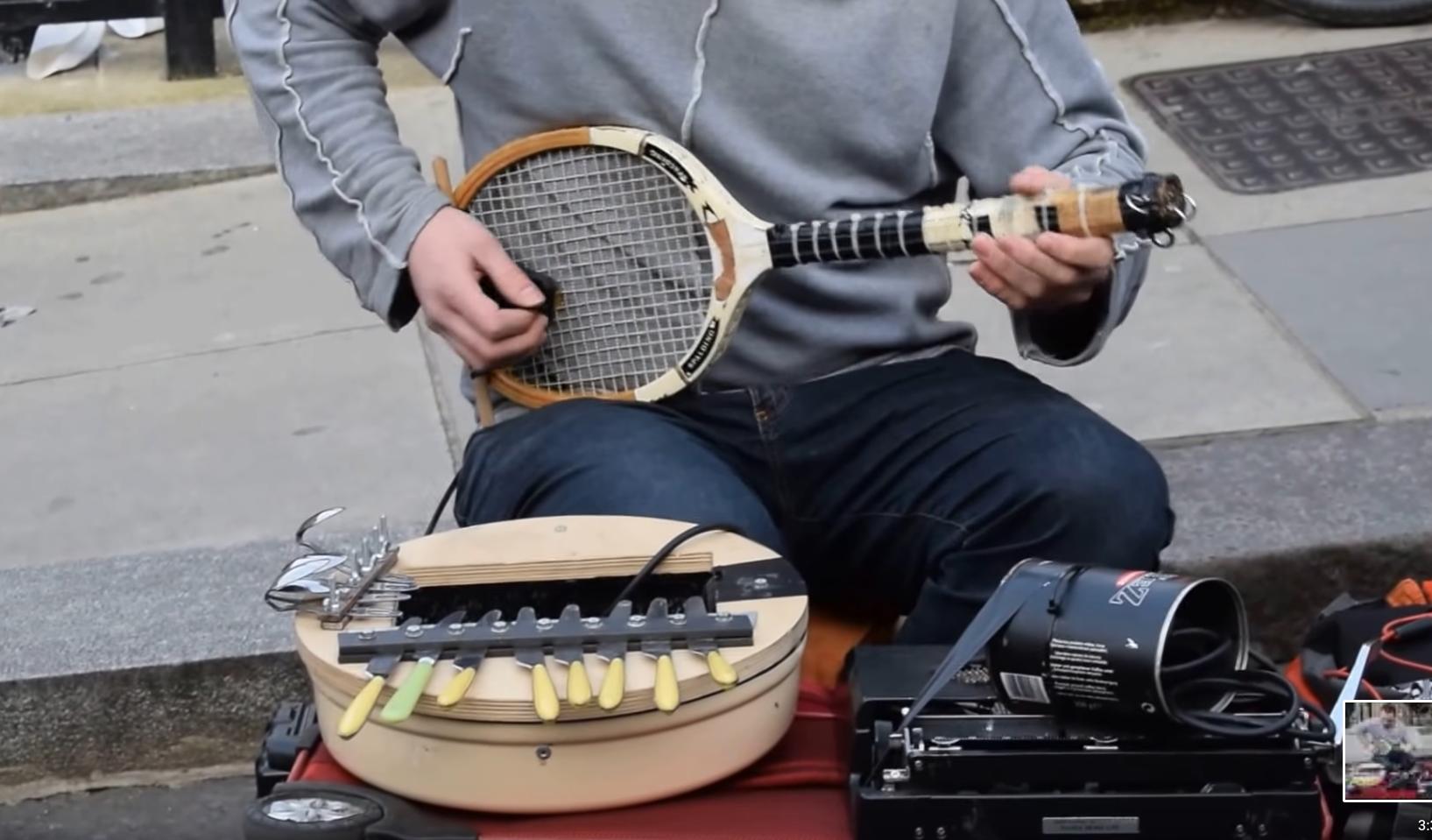
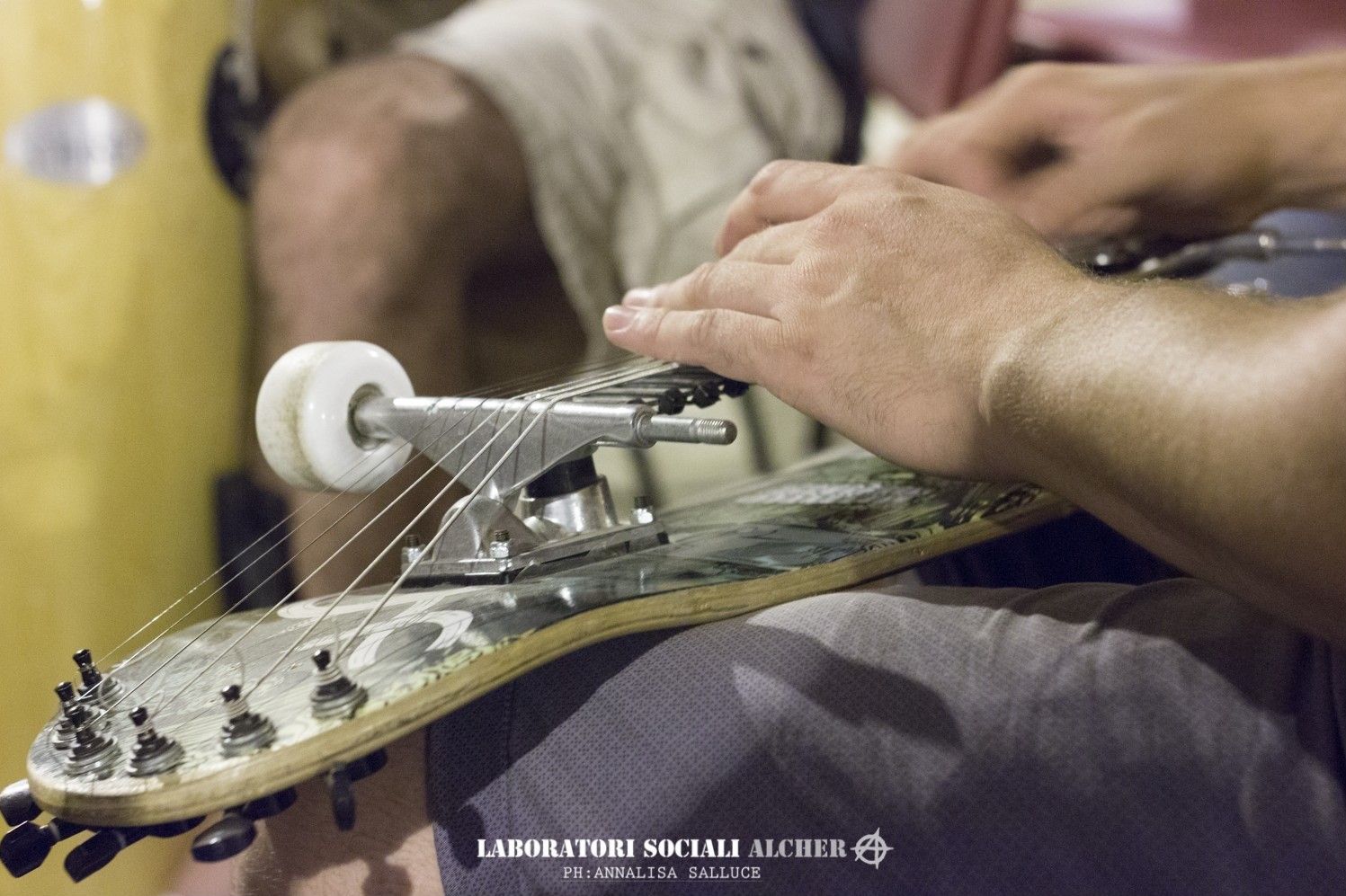
Contributors
 Suchakra Sharma, Co-Designer (Unstructured Studio)
Suchakra Sharma, Co-Designer (Unstructured Studio)
 Srishti Sethi, Co-Designer (Unstructured Studio)
Srishti Sethi, Co-Designer (Unstructured Studio)
